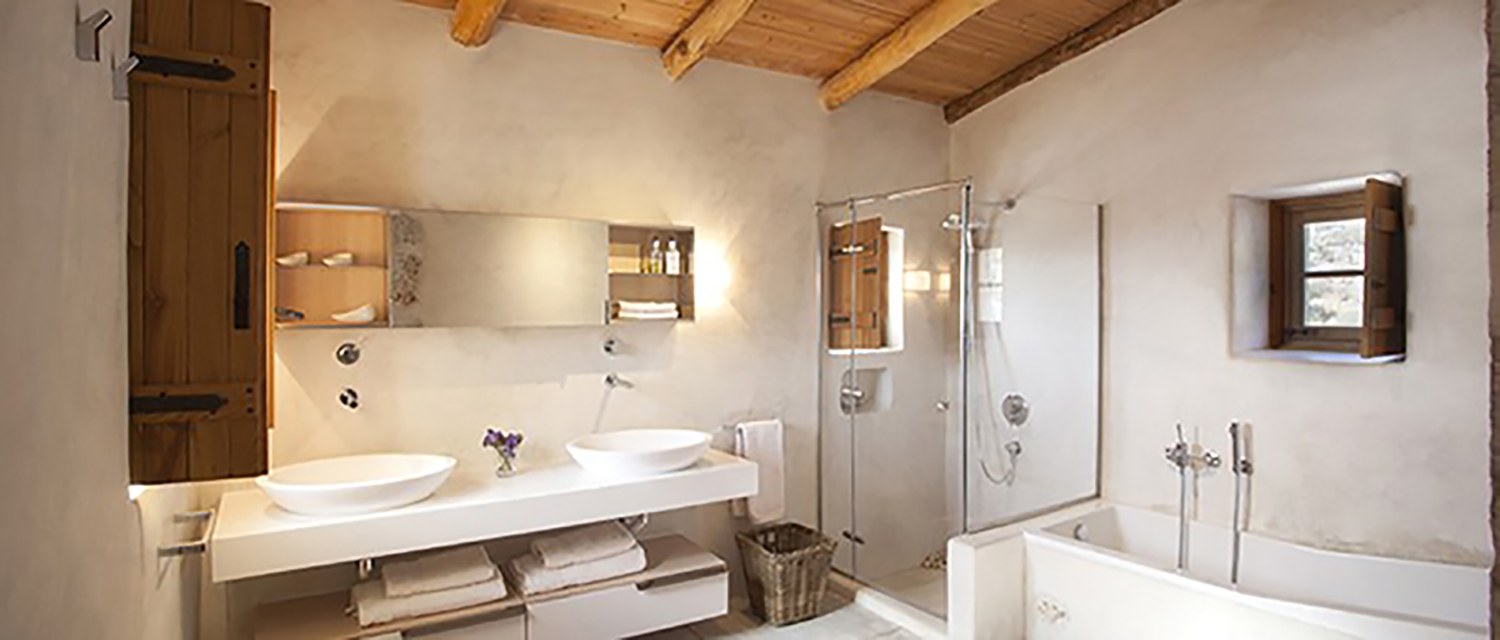
Building Conservation
Reproduced with permission from The Ecology Action Center, 2016.
“The ‘greenest’ thing to do, in terms of construction,
is not to build at all and to use no resources whatsoever,”
Jennifer Corson, cofounder of Halifax-based Solterre Design.
This sentiment, long echoed by preservationists, isn’t always considered in this age of LEED certification. Quantifying a building’s efficiency and performance is good, but builders and developers can (and should) account for other factors as well
Look Both Ways
“LEED calculations are primarily concerned with the performance of the building that’s newly constructed and not with the energy expended in replacing that which already exists,” explains Jeffrey Reed, an instructor of architectural conservation theory at Dalhousie and heritage carpentry at NSCC, as well as a private consultant in building sustainability.
In other words, LEED certification addresses efficiency and performance going forward. Before tearing an existing structure down to build something new back up, however, more attention should be paid to the building’s history. But sometimes this attention is lacking.
The Cost Of Demolition
Developers and builders should consider the energy expended in the manufacture, transport, and assembly of a structure prior to demolition (as well as the energy required for the demolition itself). Tearing down an existing building may represent an utter waste of all that energy.
“There are impacts at all stages of a building which would’ve been involved with the demolition of a building,” says Keith Robertson, Solterre’s other co-founder. “The waste created, there’s energy required to deal with that. There’s also impact associated with bringing in new materials.”
Solterre is among the school of architects and designers placing such considerations at the forefront of their projects. They thrive on the challenge presented by older buildings. Replacement has too frequently been a default option in the construction world, when buildings have potential for repurposing or relocation. And there are multiple ways to objectively weigh all the options.
Embodied Energy
Of greater concern than LEED performance are calculations of embodied energy. In a nutshell, “embodied energy” is a retrospective calculation to measure the value of materials in an existing structure.
Present-day builders aren’t like their predecessors from a century or two ago. There are more construction material options and more geographical sources for such options. Much of what is used in modern construction comes from outside the province and is highly processed, leading to potential recycling issues down the road.
This represents a higher rate of embodied energy, no matter the building’s efficiency going forward. “There’s a prejudice that whatever is newest is best in terms of construction materials,” Reed explains, “regardless of the true cost.”
The “true cost” may be best calculated via Life Cycle Assessment (LCA), which considers not only the energy stored in existing material but also impacts (looking backward and forward) arising from how the material is used. LCA accounts for “avoided impacts,” or how reuse of existing materials can avoid or reduce the impacts of new construction.
In sum, a LCA analyzes all impacts when a developer or builder is comparing alteration of an existing structure versus a total replacement job. Embodied energy and LCA can be calculated online—see, for example, the Athena Sustainable Materials Institute website—but the concepts are not widely taught.
Buildings Shouldn’t Be Dispossable
Of greater concern than LEED performance are calculations of embodied energy. In a nutshell, “embodied energy” is a retrospective calculation to measure the value of materials in an existing structure.
Present-day builders aren’t like their predecessors from a century or two ago. There are more construction material options and more geographical sources for such options. Much of what is used in modern construction comes from outside the province and is highly processed, leading to potential recycling issues down the road.
This represents a higher rate of embodied energy, no matter the building’s efficiency going forward. “There’s a prejudice that whatever is newest is best in terms of construction materials,” Reed explains, “regardless of the true cost.”
The “true cost” may be best calculated via Life Cycle Assessment (LCA), which considers not only the energy stored in existing material but also impacts (looking backward and forward) arising from how the material is used. LCA accounts for “avoided impacts,” or how reuse of existing materials can avoid or reduce the impacts of new construction.
In sum, a LCA analyzes all impacts when a developer or builder is comparing alteration of an existing structure versus a total replacement job. Embodied energy and LCA can be calculated online—see, for example, the Athena Sustainable Materials Institute website—but the concepts are not widely taught.
Written by Tim Roberts
Tim Roberts is a volunteer at the Ecology Action Center in Halifax Nova Scotia, Canada.


